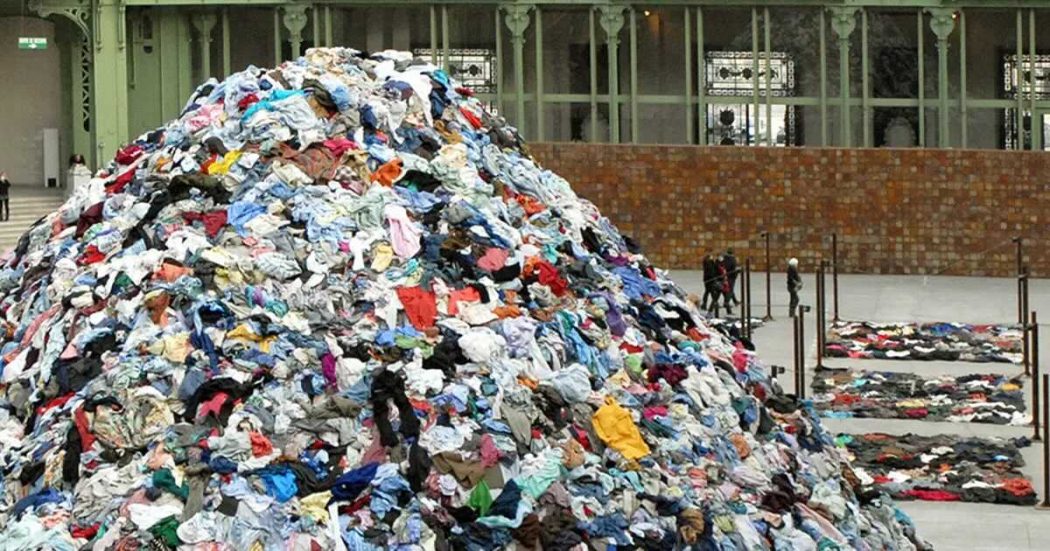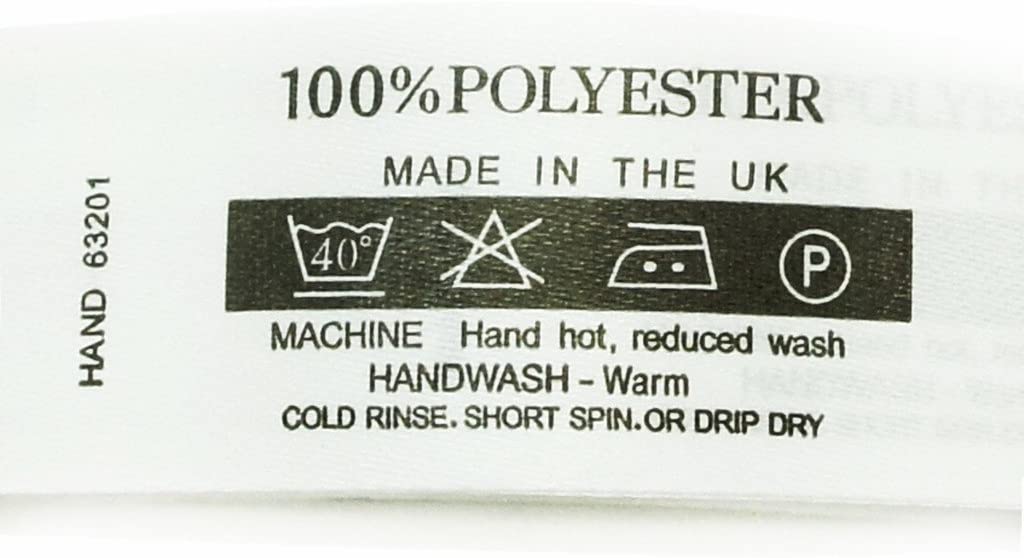Fast fashion is the mass production of cheap, disposable clothing. To give you an idea of the scale of the problem, the fashion industry churns out over 80 billion garments a year - that's over 10 a year for every person on earth. According to clothes waste charity TRAID, the average garment is only worn 10 times before it is thrown away.
What’s wrong with this new trend is that the majority of items aren’t recycled or donated. In fact, it is estimated that 84% of all clothing ends up in landfills. This is because recycling plants don’t accept clothing materials made from most synthetic materials and poly-blends. Donation centers on the other hand don’t accept all clothing items and will discard very worn clothing. In fact, only .1% of all clothing collected by donation centers and charities are recycled into new textile fibers. Instead, they either go to landfill or get incinerated.
Fast fashion also goes hand in hand with the trend to use petroleum derived materials like polyester to make fabrics. More than 60 percent of fabric fibers are now synthetics, derived from fossil fuels, so if and when our clothing ends up in a landfill (about 85 percent of textile waste in the United States goes to landfills or is incinerated), it will not decay. Not only is it harmful to wear clothing made from petroleum, as it’s extremely toxic to humans and the plant, but it also takes thousands of years to start degrading and burning it causes carcinogenic pollution. These materials are actually much cheaper to produce than natural fibers yet clothing brands have geniusly marketed them as superior fabrics and oftentimes have 90-99% profit margins. We’ve seen some of the largest companies in the industry charge close to $100 dollars for a shirt made out of 100% polyester, yet polyester is one of the cheapest materials on the market.
The textile industry has always been one of the darkest corners of the world economy as cheap products with cheap overheads have a direct correlation to worker exploitation. The defining product of the Industrial Revolution, textiles were crucial to the development of our globalized capitalist system, and its abuses today are built on a long history. Slave labor in the American South supplied factories in both England, where they were notorious for child labor and other horrors, and the United States, where factory fires took the lives of recent immigrants at the turn of the 20th century. There are immigrant workers in Los Angeles today who are victims of wage theft and exploitation, not to mention the Bangladeshi, Chinese, Vietnamese and other laborers who face working conditions that are at best grim and at worst inhumane. Fashion is an industry that has depended on the toil of the powerless and the voiceless, and on keeping them that way.
The end product of using these cheap, toxic materials also has another devastating impact on our planet. During the production process, various harmful chemicals can get released into freshwater systems. According to Open Access Government, more than 8,000 synthetic chemicals get released into these water systems. These chemicals are used for dyeing and bleaching garments, creating “fresh smells”, reducing wrinkles, or making it water repellent. Not only are chemicals released into water systems, but so are microplastics. According to GreenPeace, microplastics are small synthetic fibers that get released in microscopic doses when someone washes their clothes in the washing machine. A single garment can unleash 700,000 fibers in one wash. From there, microplastics go down the drain and end up in oceans. Marine life may swallow these toxic fibers, causing the microplastics to end up in the human food chain. The fashion industry contributes one-third of microplastics to oceans, that’s about 190,000 tons a year. Fast fashion also contributes to global warming. Fast fashion also contributes upwards of 10% of carbon dioxide from fumes and emissions. These fumes may be released during manufacturing and transportation of the garments.
It’s easy for us to point a finger at some large corporation, but ultimately you and I are the consumers of the vast majority of these products and ultimately our buying decisions have an impact. In order to make a change, we need to educate, learn the roots of the issue, and find and support brands that embody your morals. If these larger companies see smaller brands running sustainably and feel the pressure of the economy, then we can hopefully change together as an industry.




Leave a comment
This site is protected by hCaptcha and the hCaptcha Privacy Policy and Terms of Service apply.